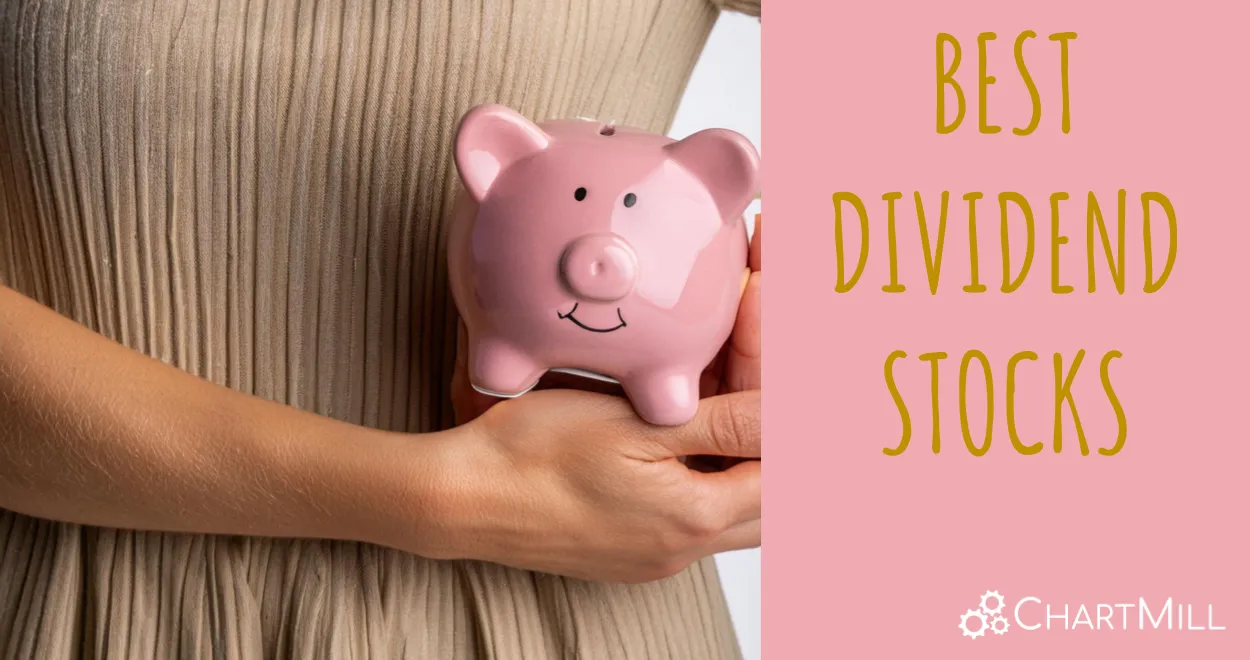
Why the dividend investor may take a look at NYSE:ROK.
By Mill Chart
Last update: Feb 15, 2024
Our stock screener has spotted ROCKWELL AUTOMATION INC (NYSE:ROK) as a good dividend stock with solid fundamentals. NYSE:ROK shows decent health and profitability. At the same time it gives a good and sustainable dividend. We'll dive into each aspect below.
Looking at the Dividend
An integral part of ChartMill's stock analysis is the Dividend Rating, which spans from 0 to 10. This rating evaluates diverse dividend factors, including yield, historical data, growth, and sustainability. NYSE:ROK has received a 7 out of 10:
- ROK's Dividend Yield is rather good when compared to the industry average which is at 2.37. ROK pays more dividend than 93.02% of the companies in the same industry.
- ROK has paid a dividend for at least 10 years, which is a reliable track record.
- ROK has not decreased its dividend for at least 10 years, so it has a reliable track record of non decreasing dividend.
- 39.26% of the earnings are spent on dividend by ROK. This is a low number and sustainable payout ratio.
- ROK's earnings are growing more than its dividend. This makes the dividend growth sustainable.
Health Analysis for NYSE:ROK
ChartMill assigns a Health Rating to every stock. This score ranges from 0 to 10 and evaluates the different health aspects like liquidity and solvency, both absolutely, but also relative to the industry peers. NYSE:ROK scores a 8 out of 10:
- ROK has an Altman-Z score of 5.07. This indicates that ROK is financially healthy and has little risk of bankruptcy at the moment.
- ROK has a better Altman-Z score (5.07) than 86.05% of its industry peers.
- ROK has a debt to FCF ratio of 2.44. This is a good value and a sign of high solvency as ROK would need 2.44 years to pay back of all of its debts.
- With an excellent Debt to FCF ratio value of 2.44, ROK belongs to the best of the industry, outperforming 84.88% of the companies in the same industry.
- Even though the debt/equity ratio score it not favorable for ROK, it has very limited outstanding debt, so we won't put too much weight on the DE evaluation.
- The current and quick ratio evaluation for ROK is rather negative, while it does have excellent solvency and profitability. These ratios do not necessarly indicate liquidity issues and need to be evaluated against the specifics of the business.
A Closer Look at Profitability for NYSE:ROK
ChartMill employs its own Profitability Rating system for stock evaluation. This score, ranging from 0 to 10, is derived from an analysis of diverse profitability metrics and margins. In the case of NYSE:ROK, the assigned 9 is noteworthy for profitability:
- ROK has a Return On Assets of 12.22%. This is amongst the best in the industry. ROK outperforms 93.02% of its industry peers.
- ROK has a Return On Equity of 38.79%. This is amongst the best in the industry. ROK outperforms 96.51% of its industry peers.
- With an excellent Return On Invested Capital value of 16.56%, ROK belongs to the best of the industry, outperforming 93.02% of the companies in the same industry.
- ROK had an Average Return On Invested Capital over the past 3 years of 14.22%. This is above the industry average of 11.25%.
- The last Return On Invested Capital (16.56%) for ROK is above the 3 year average (14.22%), which is a sign of increasing profitability.
- The Profit Margin of ROK (15.25%) is better than 91.86% of its industry peers.
- In the last couple of years the Profit Margin of ROK has grown nicely.
- ROK has a Operating Margin of 17.80%. This is amongst the best in the industry. ROK outperforms 93.02% of its industry peers.
- ROK's Gross Margin of 41.04% is amongst the best of the industry. ROK outperforms 90.70% of its industry peers.
Our Best Dividend screener lists more Best Dividend stocks and is updated daily.
For an up to date full fundamental analysis you can check the fundamental report of ROK
Keep in mind
This article should in no way be interpreted as advice in any way. The article is based on the observed metrics at the time of writing, but you should always make your own analysis and trade or invest at your own responsibility.


